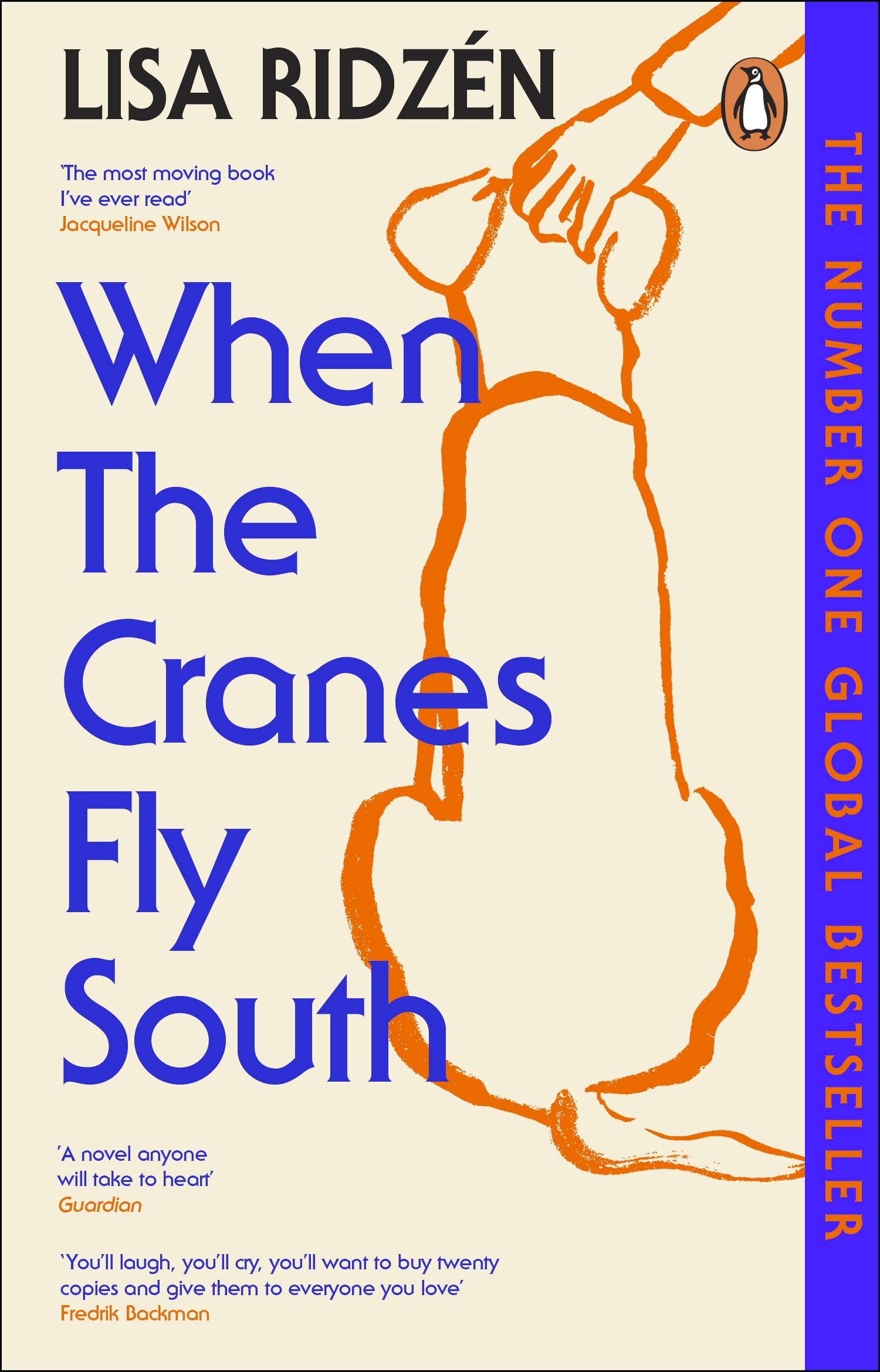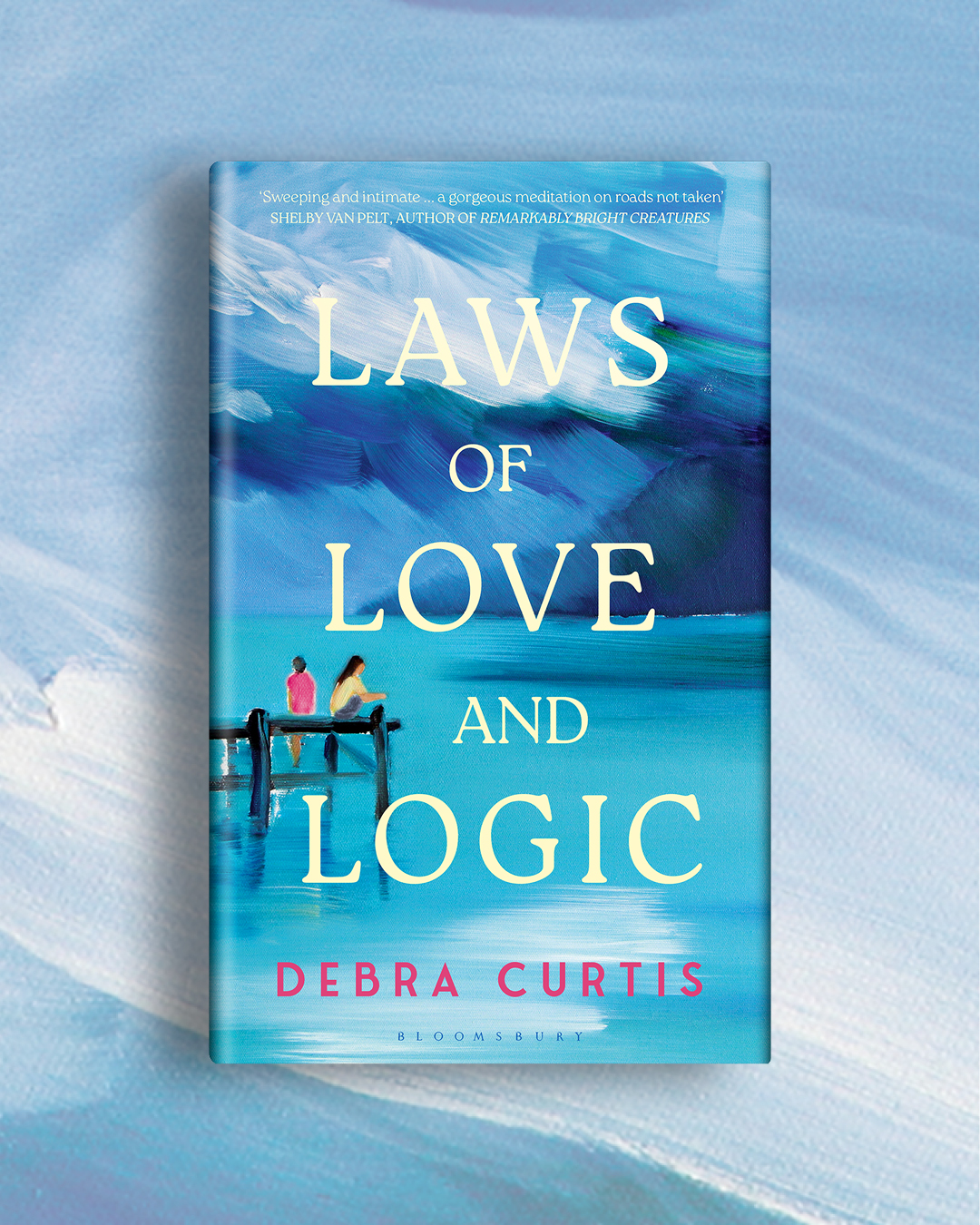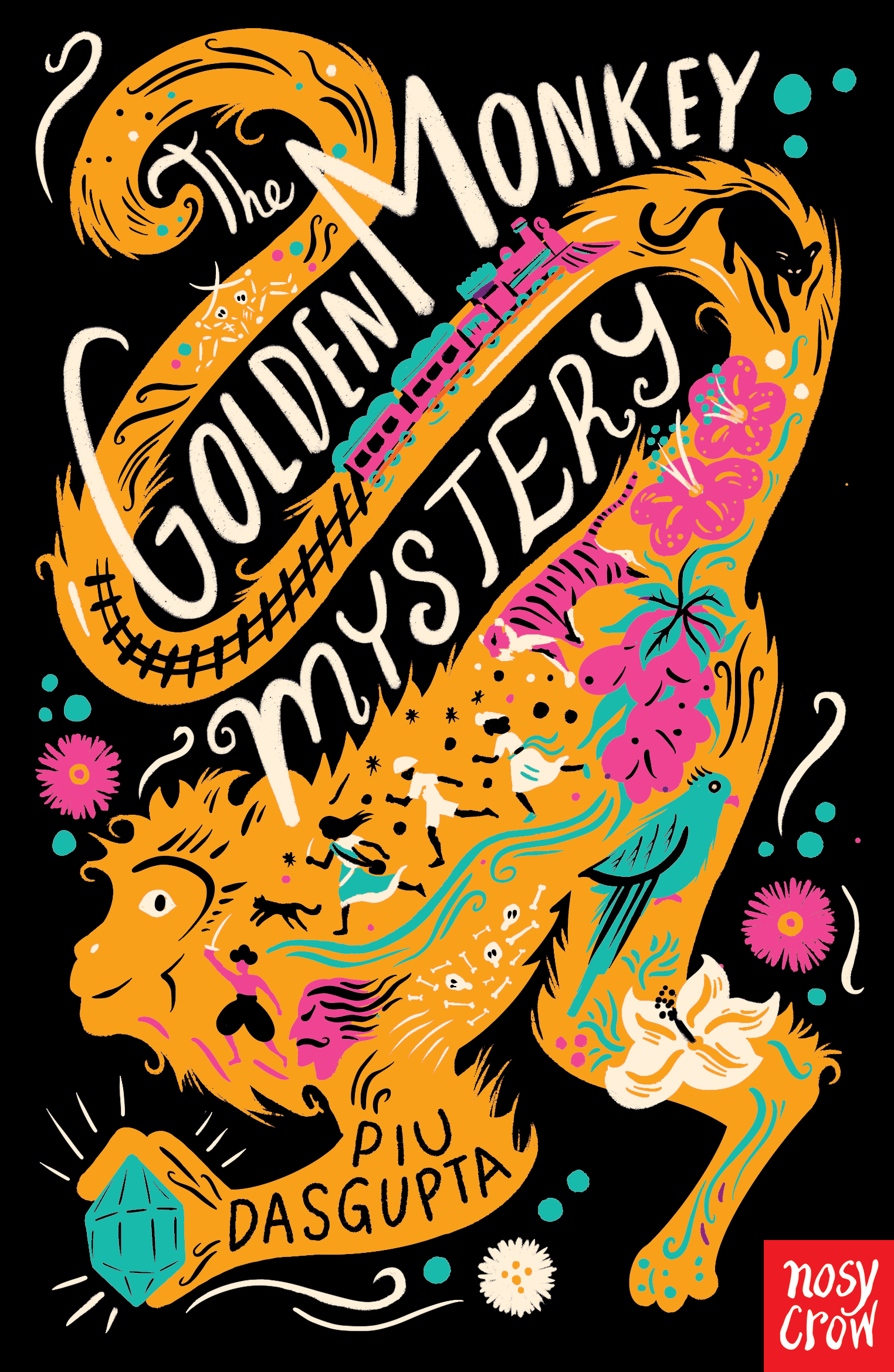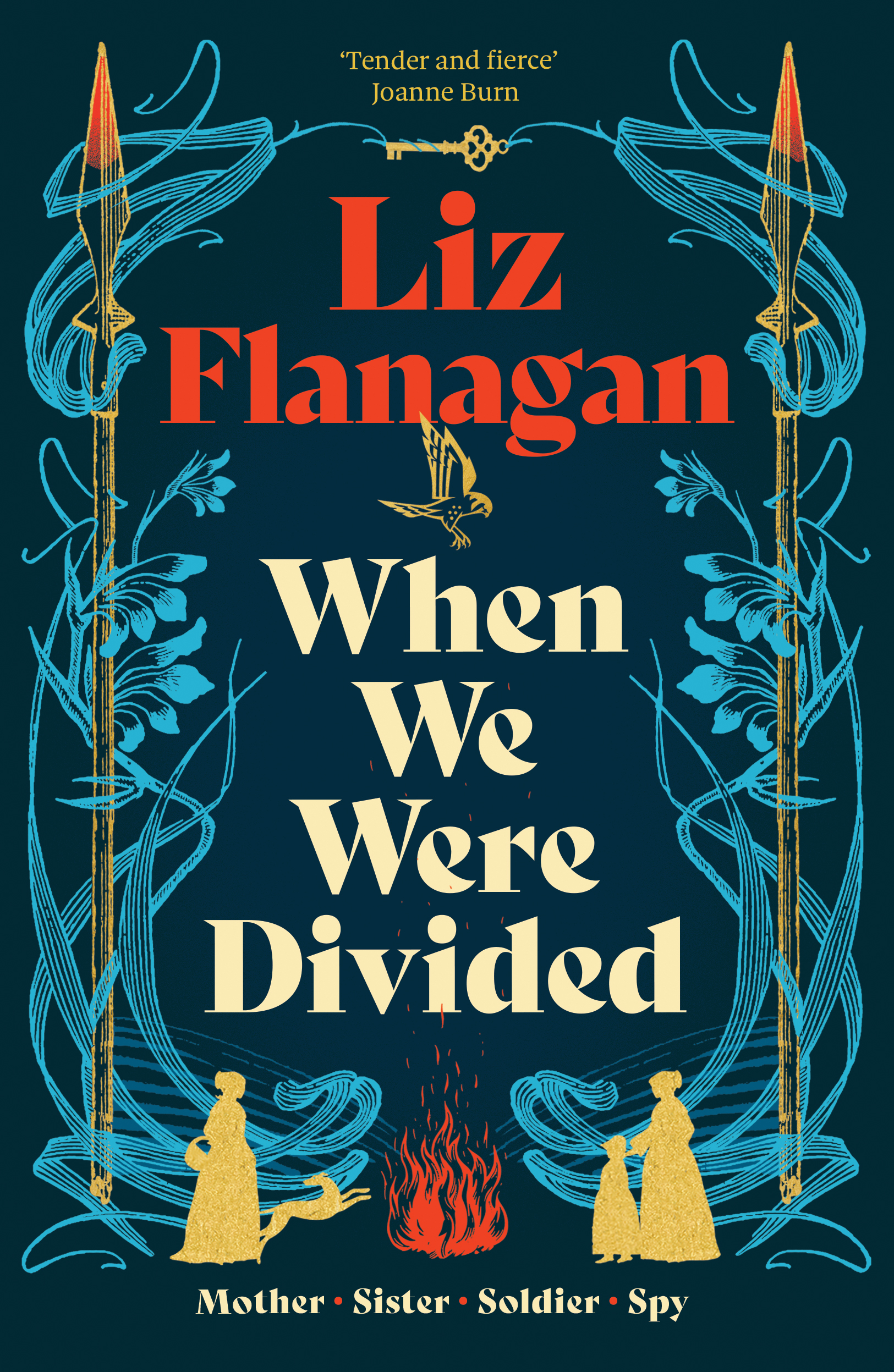The Good People
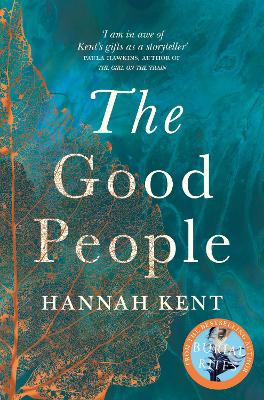
As seen:
By Hannah Kent
avg rating
1 review
Shortlisted for the Walter Scott Prize.
Based on true events, The Good People is Hannah Kent’s engrossing novel about superstition and devoted love.
’An even better novel than Burial Rites — a starkly realised tale of love, grief and misconceived beliefs – Sunday Times
Ireland, 1825.
Nóra, bereft after the sudden death of her husband, finds herself alone and caring for her young grandson Micheál, who cannot speak or walk. What happened to the healthy, happy grandson she met when her daughter was still alive?
Mary arrives in the valley to help Nóra just as the whispers are spreading: stories of unexplained misfortunes, of illnesses, and rumours that Micheál is a changeling child who is bringing bad luck to the valley.
Nance has lived in the valley all of her life. She is a healer who knows how to use the plants and berries of the woodland; she understands the magic in the old ways. And she might be able to help Micheál . . .
As these three women are drawn together in the hope of restoring Micheál, their world of folklore and belief, of ritual and stories, tightens around them. It will lead them down a dangerous path, and force them to question everything they have ever known.
‘An imaginative tour de force . . . exquisite’ – Daily Mail
TweetReviews
This book is set, utterly convincingly, in rural 19th century Ireland, mired in the ethnic-folklore form of Gaelic Catholicism that was rooted in paganism and quite different from the more 'official' Catholicism operating in Dublin and completely different from what was to become post-1850s Catholicism in England. This novel is set before the mass emigration following the Potato Famines of 1845-1849, before the Dublin Synod of Thurles in 1850 standardised religious practices, doctrinal teaching and discipline of the Catholic Church in Ireland. Before then, in the rural wilds of western Ireland, Catholicism as practised was not priest centred, not focused on the Mass, not doctrinally orthodox and not based on the sacraments. Religious beliefs and customs were intermingled with centuries old pagan rituals, superstitions, with topography and holy landscape dominating religious practices. Belief in fairies, 'the Good People' was deeply entrenched: they were to be feared, accommodated, appeased. The characters in the book represent the impoverished, uneducated, country people who lived a precarious existence, reliant on ancient symbols and talismans. A dominate theme of the book is the 'Changeling', a fairy child who has been left in place of a baby stolen by the Good People. The novel is based on a trial of a case of infanticide in 1826, in which the defence was the need to kill the changeling in order to recover the stolen child. Belief in changelings survived the removal of a million and half Irish people to England in a little over ten years but, with the rest of earlier 19th century Celtic Catholicism, was quickly removed by the imposition of a post 1850 English Catholic orthodoxy centred on the authority of priests and mass attendance.
